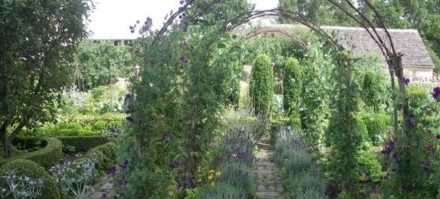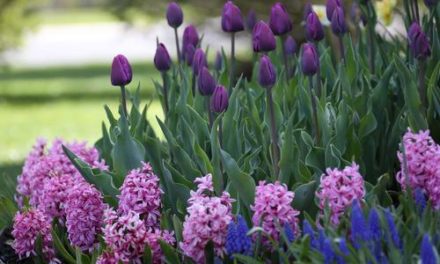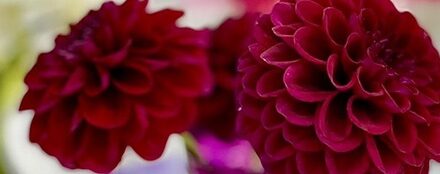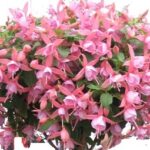The Art of Foraging
On 26th March ODGC welcomed Liz Knight, one of the country’s leading wild food experts.
Liz who lives in the Black Mountains is an author and runs foraging workshops and foraging walks. Although her subjects are known as wild many grow in our own gardens. Liz brought plants with her and after describing their uses passed them to a club member, an able sous chef, to chop them for a salsa verde.
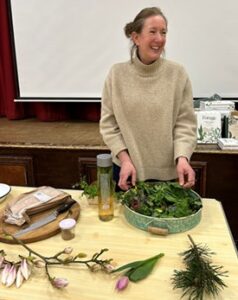 Dead nettles, red and white, are members of the mint family. Good for pollinators they are rich in iron and vitamin C. An infusion of red nettle tea is warming and good for the circulation. Ancient Greeks used stinging nettles as a cure for many ills including arthritis, eczema and prostate problems. An infusion in water has a floral taste. They are high in protein and rich in iron, calcium, vitamin C, iodine and serotonin. A nettle omelette will
Dead nettles, red and white, are members of the mint family. Good for pollinators they are rich in iron and vitamin C. An infusion of red nettle tea is warming and good for the circulation. Ancient Greeks used stinging nettles as a cure for many ills including arthritis, eczema and prostate problems. An infusion in water has a floral taste. They are high in protein and rich in iron, calcium, vitamin C, iodine and serotonin. A nettle omelette will
provide all one’s nutritional requirements. In Turkey they are rolled to neutralise the stings
and eaten raw with olive oil and lemon.
Cleavers, or goosegrass, is a member of the coffee family and supports immunity by ridding
the body of toxins. Infused in water it makes an excellent skin toner, nature’s botox.
Hardy camellia flowers are edible and camellia oil tastes delicious. Magnolia buds and
flowers are also edible, the buds tasting of cardamom and the petals a mixture of cardamom and ginger. Happily one can have one’s cake and eat it as the fading petals can be used after enjoying the tree in flower. Young leaves taste of lemongrass and may be stuffed with cream cheese as a base for canapes. Magnolia bark is used medicinally for anxiety.
March and April are the worst months for depression when the body is depleted of minerals and that is when these plants are at their best. Others include wild garlic and ground elder, the latter used and grown by the Romans and eaten as a soup in Scandinavia today. Liz urged caution when picking wild garlic to avoid confusing wild garlic leaves with the emerging
leaves of wild arum and autumn crocus which are both toxic.
It is wasteful to pick more than is needed. The art of foraging is to pick a little at a time so that afterwards one cannot see where one has been.
Ghislaine Arundale

